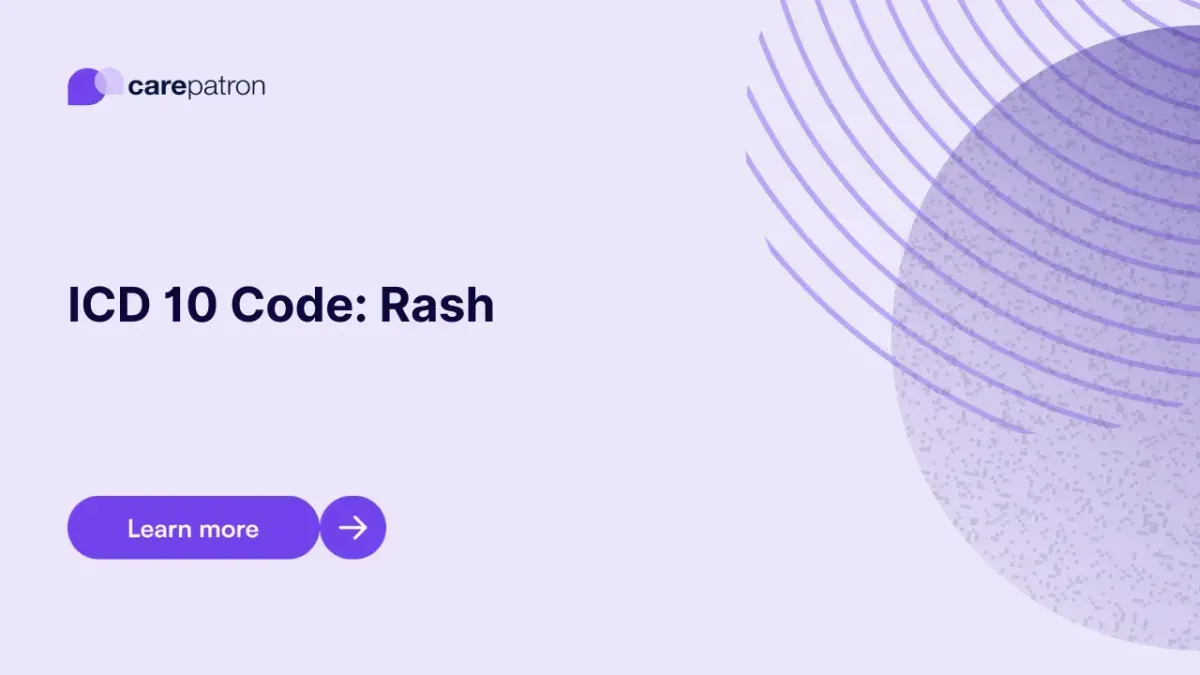
Rash ICD-10-CM Codes
Explore the variety of ICD-10 codes used to diagnose and treat different types of rashes. These codes aid in effective patient care and accurate billing.
Use Code
Commonly asked questions
A rash ICD code should be used when a patient presents with visible skin irritation, redness, or other symptoms caused by conditions like contact dermatitis, infections, or autoimmune diseases. Codes such as those for agents unspecified contact dermatitis or unspecified cause are appropriate when the source isn't clearly identified. Accurate coding helps document the underlying condition or common cause of the rash.
Treatments depend on the diagnosis code and cause of the rash. Options often include:
- Avoidance of irritants like cosmetics, dyes, or other agents
- Topical or oral antihistamines for allergic reactions
- Moisturizers and emollients for dry skin
- Steroid creams for inflammation
- Identifying and removing triggers such as food, unspecified contact dermatitis, or ingested food dermatitis
- Education on lifestyle changes to prevent future flare-ups
A diagnosis code for rash identifies the specific nature or unspecified cause of the skin reaction. It indicates whether the rash is linked to an allergic reaction, infection, or internal diseases, such as autoimmune conditions. Codes also help specify the trigger, such as cosmetics unspecified contact dermatitis, dyes unspecified contact dermatitis, or food-related dermatitis, aiding in precise documentation and treatment planning.
EHR and practice management software
Get started for free
*No credit card required
Free
$0/usd
Unlimited clients
Telehealth
1GB of storage
Client portal text
Automated billing and online payments
